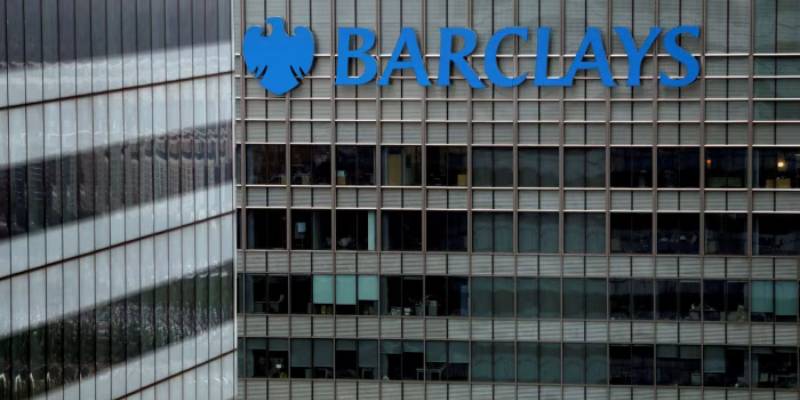Barclays is cashing in on the global dealmaking frenzy, with its investment banking fees jumping 9% year-on-year to £646 million for the third quarter.
Advisory revenues alone reached £196 million, marking a major comeback for the British lender as global capital markets heat up.
The rebound, revealed in a recent update, reflects how Barclays has positioned itself to benefit from renewed corporate confidence and a surge in cross-border mergers and acquisitions.
Across Wall Street and beyond, dealmaking is back in fashion.
Driven by strong equity markets and a burst of IPO and restructuring activity, global investment banking fees climbed nearly 10% this year to reach about $99 billion—the highest since 2021.
U.S. banking giants have been reporting similar upswings in advisory and underwriting income, buoyed by a flood of corporate deals, as shown in a detailed analysis.
Barclays’ uptick also highlights the success of its ongoing reshuffle under Chief Executive C.S. Venkatakrishnan.
The bank has been doubling down on growth sectors like tech, healthcare, and sustainability, a strategy that appears to be paying off amid the surge in corporate transactions.
Analysts suggest the firm’s renewed focus on its U.S. investment banking arm has helped it regain ground against American rivals—a point underscored in a broader feature that outlines how this rebound could reshape the competitive landscape.
Still, the good times come with a caveat. This rally in fees depends heavily on buoyant markets, loose liquidity, and high valuations.
Should macroeconomic winds shift, the momentum could quickly slow. Industry data shows that while the appetite for deals remains strong, the pipeline is heavily tilted toward mega-mergers and refinancing deals, a dynamic that can quickly reverse when sentiment sours, according to a recent insight.
From where I’m standing, Barclays isn’t just riding the wave—it’s trying to steer it. The real test will be whether this momentum translates into sustained market share once the party ends.
If the boom fades and competition tightens, the bank’s long-term strategy—diversifying into growth sectors and modernizing its advisory platform—will need to prove it wasn’t just luck but foresight.
For now, the message is clear: the world’s boardrooms are busy again, and Barclays is very much back in the conversation.

